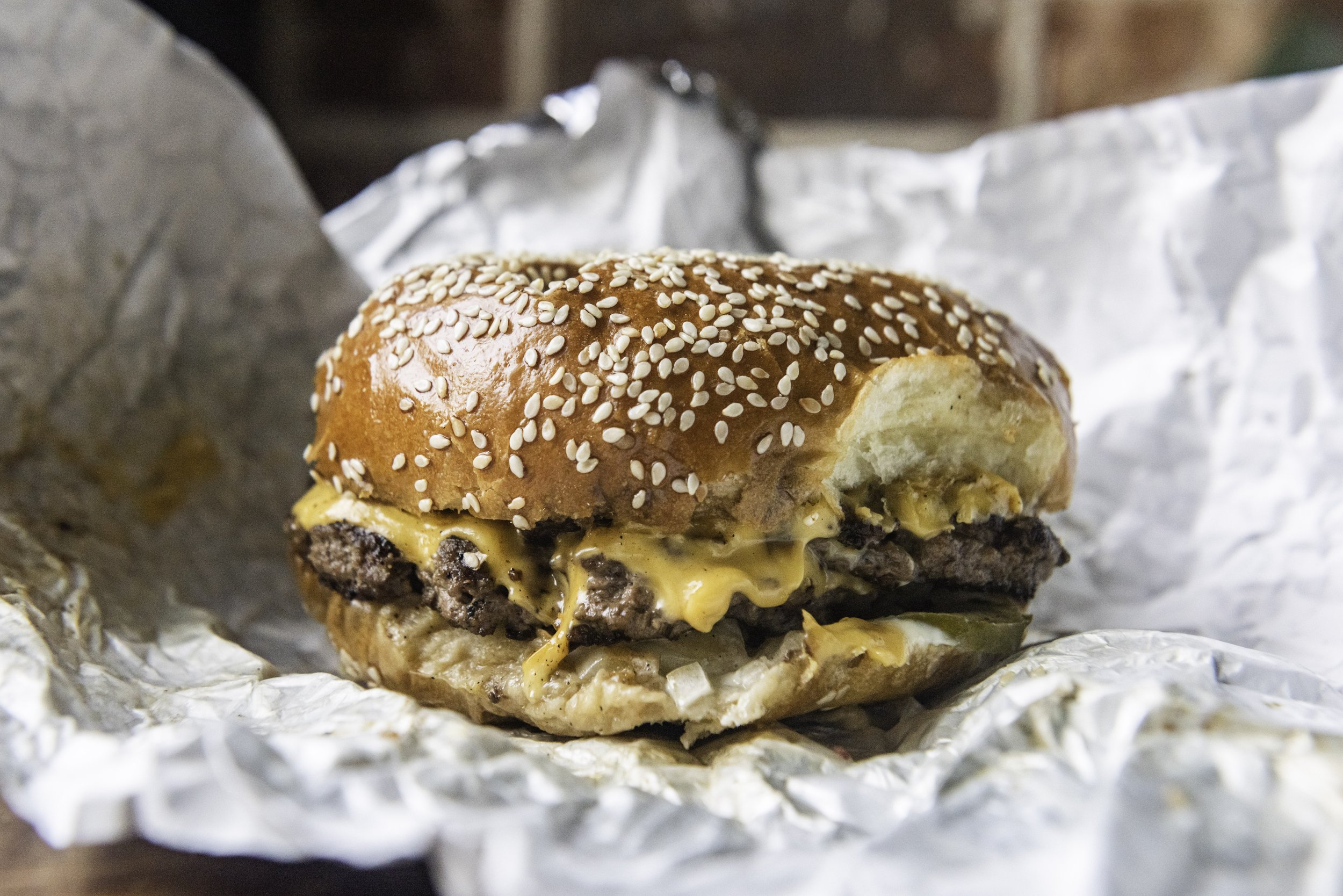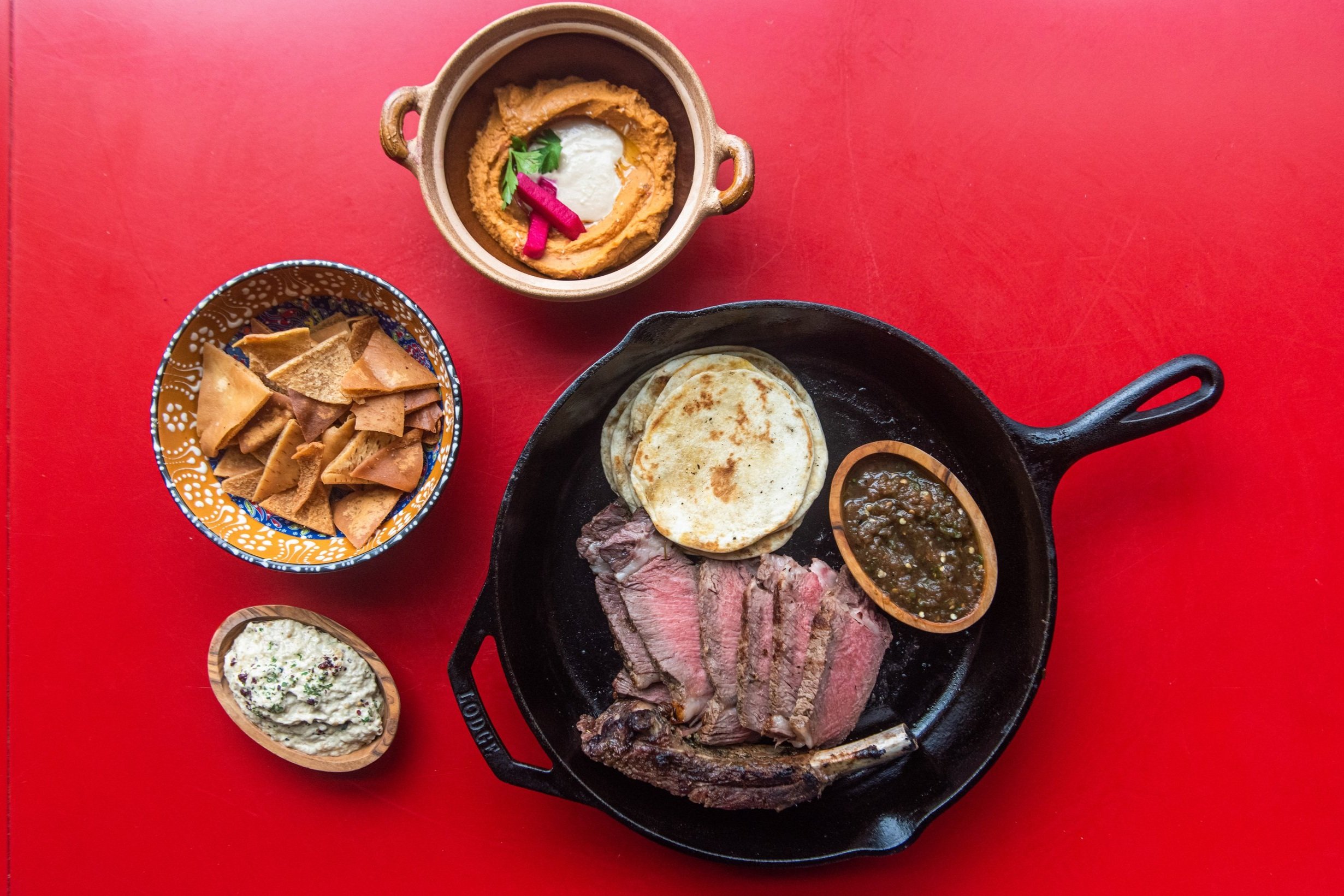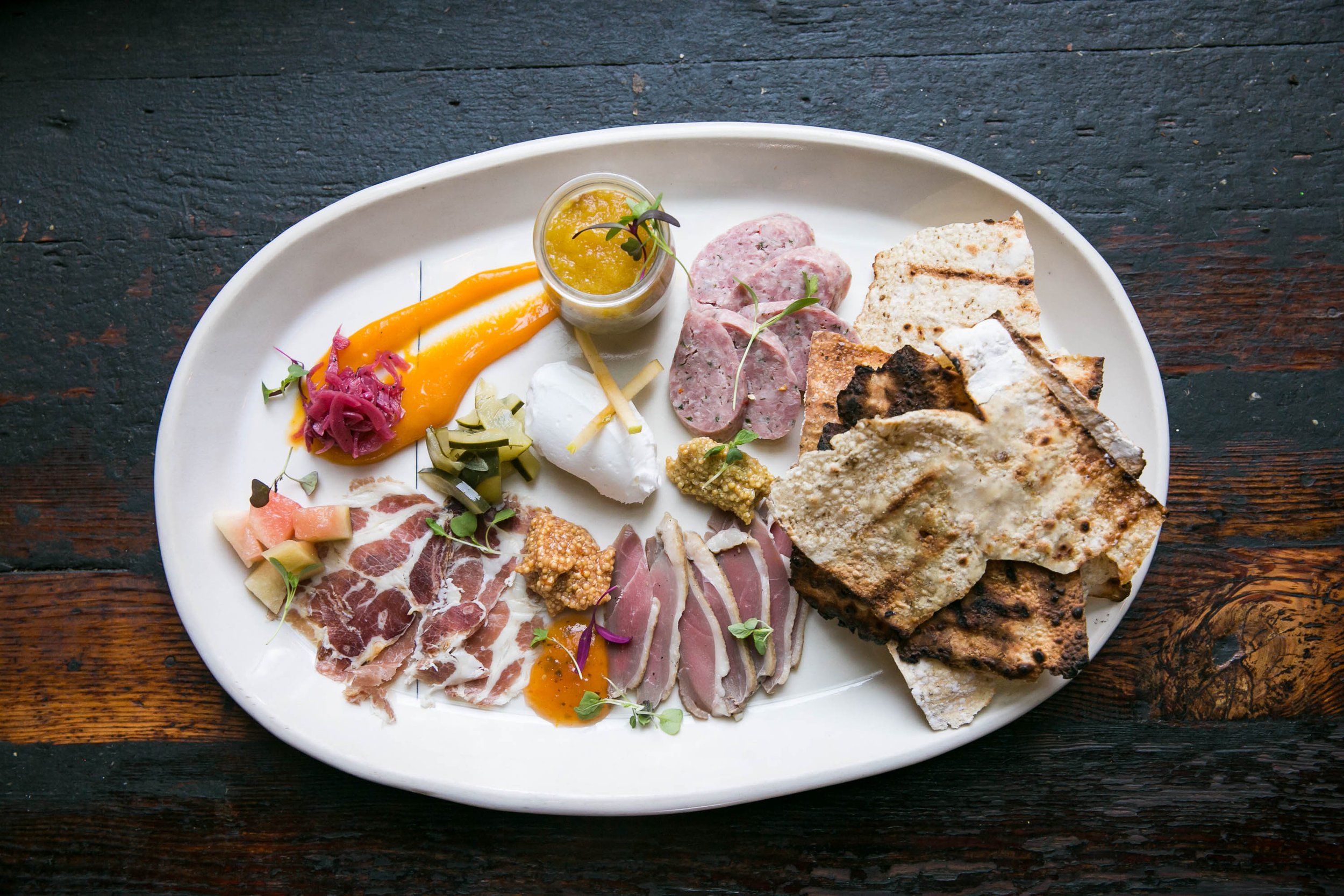In Defense of HACCP Plans
Butcher and Charcutier Rusty Bowers waxes on his devotion to HACCP and meat science.
Rusty Bowers of Pine Street Market
A few years ago, while visiting one of my favorite restaurants here in Atlanta, the chef walked over and said, “You wanna see my meat cave?” He led me through the kitchen, past the dish pit, and into the storage room. Tucked away in the back corner, between cases of beer and paper towels was a small metal refrigerator. Opening the door, I peeked inside to see familiar white mold dusting aging meats, hanging from metal shelves with butcher’s twine, laced with wires connected to fans and thermometers.
Chefs are creative professionals by nature, and this chef wanted to make charcuterie to serve in his restaurant without getting shut down by the local health department. Working together, I applied my knowledge of meat science and curing to his recipes and methods, and we worked to develop an approved Food Safety Program, central to which is the Hazard Analysis Critical Control Point, or HACCP. These plans map out possible biological, physical, and chemical hazards as CCPs and address how to mitigate or prevent them.
HACCP plans have historically applied only to meat processors, who are required to document and justify their production methods. However, it’s now more common for health inspectors to insist on in-depth Food Safety Programs, including HACCP plans, to defend food created by restaurant chefs who are embracing dry curing, fermenting, sous vide cooking, and sausage making. We celebrate this creativity and the associated effort as forms of culinary art and mastery of technique. Captivating as self-expression can be, it is most important to remember that these works of art will be consumed by the public and require appropriate safety precautions. It is humbling to appreciate the trust that consumers place in chefs.
Establishing a proper Food Safety Program can seem burdensome, but if I may offer an alternative take: look at it as the pathway to freedom to explore your creativity, safely and legally. Cured meats, for example, have CCPs that define required pH and water activity measurements. After meeting those requirements, you can alter and experiment with ingredients (salt, sugar, and spices), as well as the application and time of the cure, the levels of humidity and temperature of the curing chamber, and more. Find the fun in understanding the science behind the recipe as you enhance your craft.
Start with a complete understanding of the product—how you’re making it and how it will be used. Will it be sold retail, as a component of dish in a restaurant, or both? If it’s for retail, you need CCPs for packaging and labeling, which you can skip for restaurant-only use. I once consulted on a HACCP plan that originally contained 15 CCPs, and consolidated the plan to include only one.
Conduct a Hazard Analysis to determine food safety hazards associated with the recipe and facility. Do you have the right equipment for production and sanitation? It may not be necessary to purchase expensive equipment; many plans can be tailored to utilize the equipment you already have.
Ask your FDA or USDA inspector to review your HACCP plan before submitting. They can be a wonderful resource and bring a wealth of knowledge to the table.
Think of HACCP plan development as a learning experience. When I consulted for a local popsicle company, I learned about juice and dairy pasteurization—specifically, how to maintain quality while ensuring the products were safe. I can now translate that knowledge into extending the shelf life of meat without using preservatives.
Learn from what others have gone through and be open to their advice. If necessary, hire someone to help. When I started my butcher shop, I hired a consultant to help write my first HACCP plans. I needed to get my company up and running and knew that someone with experience could help create an efficient plan that would save me time and money in the long-run, as well as teach me about meat science and food safety during the process.







